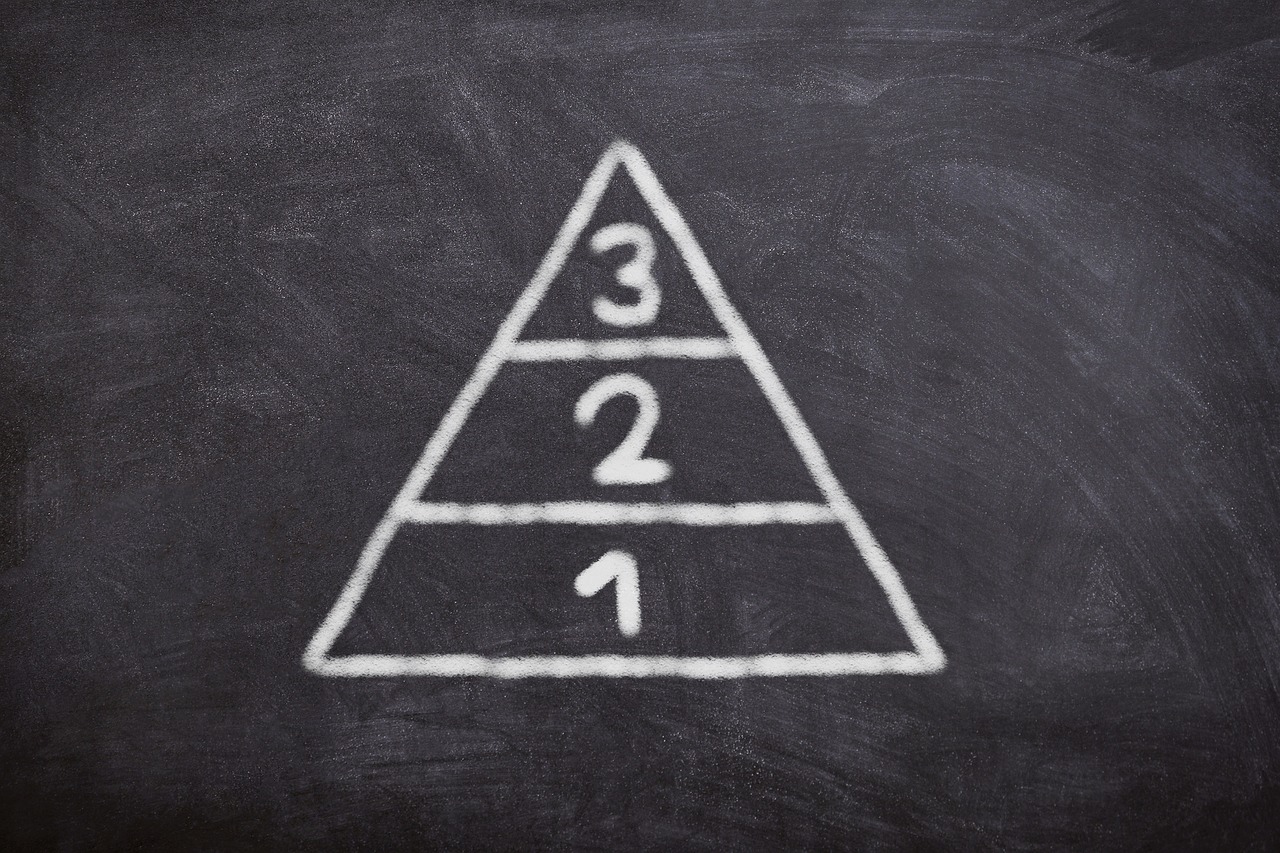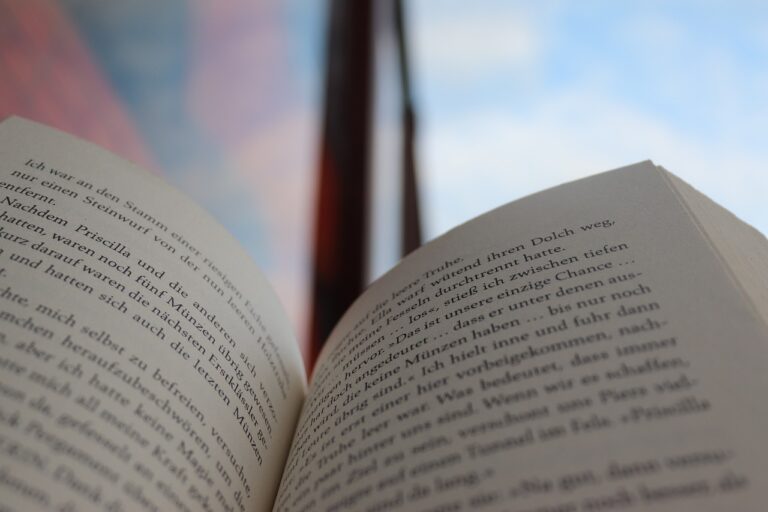Enhancing Multicultural Education Through Literature Circles
In today’s ever-evolving society, diversity in education plays a vital role in shaping students’ worldviews and fostering empathy. When students are exposed to a variety of perspectives, backgrounds, and cultures in the classroom, it not only enriches their learning experiences but also prepares them to navigate a globalized world with sensitivity and respect. Diversity in education allows students to engage in critical discussions, challenge their own biases, and develop a deeper understanding of the complexities of the world around them.
Furthermore, embracing diversity in education creates a more inclusive learning environment where all students feel valued and empowered to share their unique experiences. By incorporating diverse voices into the curriculum, educators can help students recognize the importance of representation and equity in all aspects of society. Additionally, exposure to diverse perspectives can inspire creativity, innovation, and problem-solving skills in students as they learn to appreciate the richness of different cultures and viewpoints.
• Encourages critical thinking and challenges biases
• Fosters empathy and understanding of different cultures
• Prepares students for a globalized world with sensitivity and respect
• Creates an inclusive learning environment where all students feel valued
• Inspires creativity, innovation, and problem-solving skills in students
• Recognizes the importance of representation and equity in society
Benefits of Literature Circles in Multicultural Education
Literature circles play a crucial role in multicultural education by fostering student engagement and collaboration. These structured small group discussions provide a platform for students to explore diverse perspectives, build empathy, and deepen their understanding of different cultures through literature. By actively engaging with a variety of texts that represent the experiences and voices of marginalized communities, students are able to develop critical thinking skills and broaden their worldview.
In addition, literature circles in multicultural education offer opportunities for students to enhance their communication and analytical skills. Through meaningful discussions about cultural themes, characters, and experiences, students can develop a greater appreciation for diversity and learn to articulate their own thoughts and opinions effectively. Furthermore, literature circles encourage students to reflect on their own beliefs and biases, ultimately promoting a more inclusive and equitable learning environment.
Selecting Diverse Literature for Literature Circles
When selecting literature for literature circles in a diverse educational setting, it is crucial to choose books that represent a wide range of cultures, backgrounds, and experiences. By including books that feature diverse characters and settings, students are exposed to different perspectives that can broaden their understanding of the world around them. This not only fosters empathy and promotes inclusivity, but also helps students feel represented and valued in the classroom.
It is important to carefully consider the themes and messages portrayed in the selected literature to ensure that they align with the values of diversity and equity. Look for books that challenge stereotypes, promote social justice, and celebrate differences. By incorporating a variety of voices and stories into the curriculum, educators can create a more inclusive and enriching learning environment for all students, fostering a sense of belonging and respect for diversity.
Why is diversity in literature important in education?
Diversity in literature helps students see themselves represented and also exposes them to different cultures, perspectives, and experiences, promoting empathy and understanding.
How can literature circles enhance multicultural education?
Literature circles provide a space for students to discuss diverse texts, share their own perspectives, and learn from each other’s backgrounds and experiences, leading to a more inclusive and enriched learning environment.
How can teachers select diverse literature for literature circles?
Teachers can select diverse literature by choosing books written by authors from different backgrounds, featuring characters from various cultures, addressing social justice issues, and representing diverse narratives and experiences. It is important to ensure that the literature reflects the diversity of the students in the classroom.







